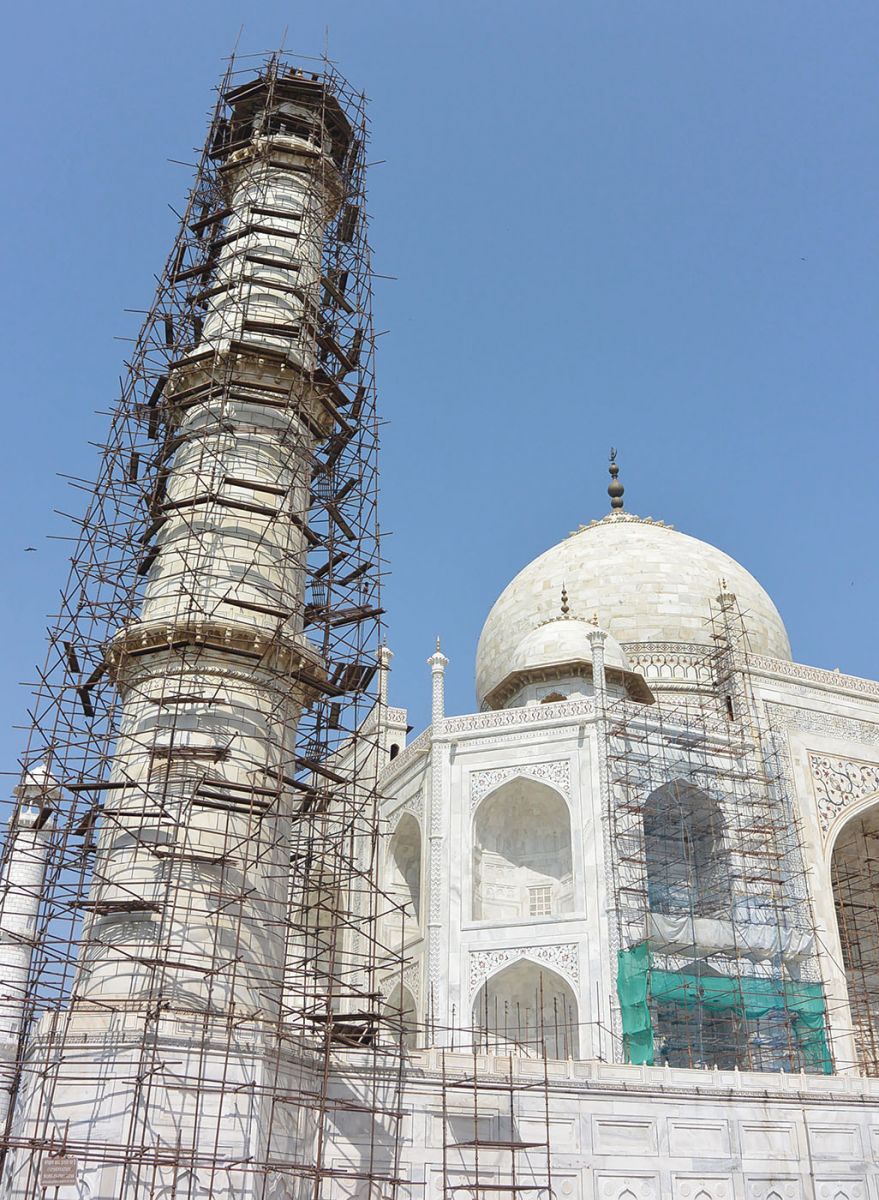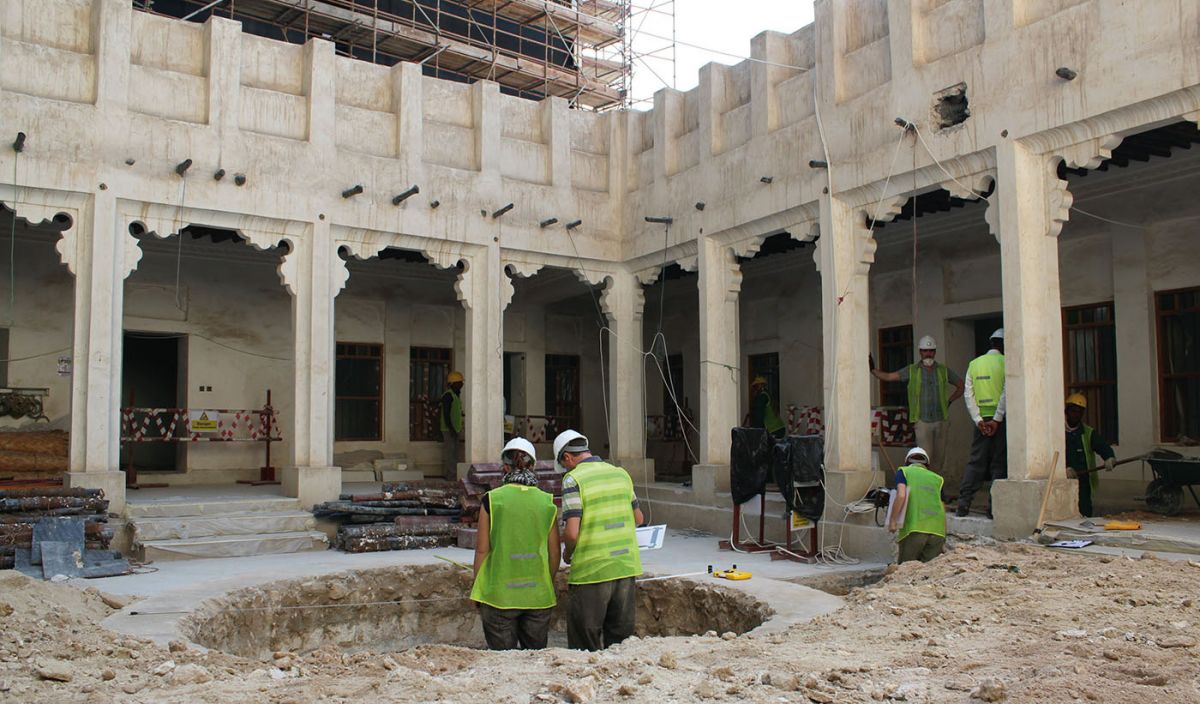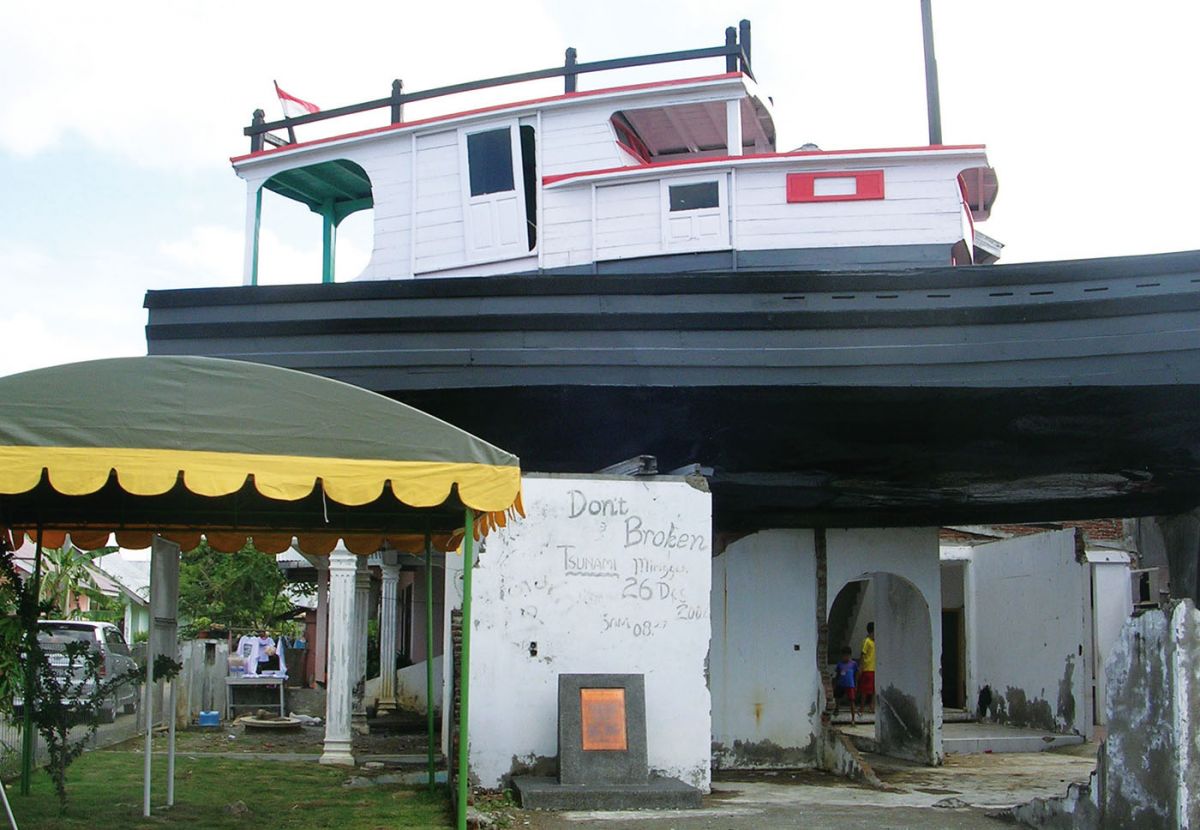Heritage expertise across Asia
<p>This <em>Focus</em> section proposes to examine and study cultural heritage debates less on heritage objects and practices and more on the human agents that create, promote, and study cultural heritage and its preservation through specific and diverse interventions. These interventions do not occur in a void: they are often attached to distinct disciplinary approaches and informed by specific political contexts and historical circumstances. Therefore, the six contributors to this section, addressing challenging case studies of preservation of tangible and intangible heritage in six different regions of Asia, aim to highlight how the involvement of heritage experts affects the very nature of cultural heritage objects and practices, including the choice of approaches that are used for their study.</p>
It is a very exciting time to be interrogating the value and scope of different forms of cultural heritage expertise that are deployed across Asia for two main reasons. On the one hand, since the late 1980s, global histories of the development of heritage discourses and methods have predominantly highlighted the significance of recognizing a set of opposing territories, practices and experiences, articulated as ‘Western’ and ‘non-Western’ heritage approaches. Although this distinction is problematic in itself, what is significant about this turn for the purposes of the present collection of debates is that the idea that there may be a ‘non-Western’ approach was built significantly on evidence collected from different sites across Asia. These studies suggested convincingly that a ‘Western’ model for heritage preservation was incompatible with – often described as destructive of – local material and immaterial values and practices surrounding a heritage, and therefore contrary to the aims of cultural heritage preservation. For example, in his early work, Denis Byrne argued that the way in which standards of authenticity were applied in the restoration of Buddhist Stupas irreversibly damaged the authentic value of these objects across Thailand as objects of living religious practice. 1 This type of argument propelled both a distinct academic debate on ‘alternative’ modes of heritage preservation, and also an articulation of a support for alternative approaches to preservation through the formalization of suitable principles and standards for ‘non-Western’ heritage in policy documents by international heritage safeguarding organizations.
On the other hand, and intimately connected to these developments, a disciplinary interest in ‘non-Western’ heritage debates and practices called for a better understanding of precisely what a ‘non-Western’ approach should be, and equally important, who should be authorized to articulate it. The study of heritage in Asia as a territory for heritage studies that has been used to define ‘non-Western’ heritage approaches has since grown in the direction of a heritage preservation field that frames its study and management within suitable social, historical, political, and especially religious contexts – an effort that aims to bring complexity to a homogeneous idea of ‘non-Western’ - or ‘Eastern’ - heritage.
As researchers working on Asian cultural heritage sites, the contributors to this section align with this aim but are also concerned with the way in which we are deeply implicated in the expert roles and voices that are part of the examination of ‘Asian’ heritage preservation in various ways. For example, we may manage and deploy specific disciplinary forms of expertise in our studies, which originate elsewhere and are brought in to become vernacularized in local contexts. We also examine and engage critically with the work of other experts and their forms of knowledge from our particular disciplinary vantage points, and finally, we construct and perform our own disciplinary expertise through the production of academic debates across different sites as well as globally. Our work connects the specificity of heritage preservation practices in the context of Asia with broader debates in regional and international scales, examining the channels of expertise, their points of origin, destinations, as well as conversations and their adaptations into local contexts and needs. Because of this, a concern with expertise, and the complicated dynamics that are involved, has become germane to a critical heritage turn and the ethical study of heritage preservation and management in contemporary Asia.
The contributors
The contributors to this Focus section address the role of experts, expert knowledge, and expert networks in the mediation of cultural heritage value, its management, and its dissemination across various professional and academic platforms. In particular, contributors were asked to consider the intimate relationship between heritage value, its preservation, and the disciplines that approach them, as well as their own roles as disciplinary agents and knowledge-brokers in the transmission of specific forms of expertise - carrying forms of knowledge and methodologies that construct knowledge about, and together with, the field and its interlocutors. This ongoing debate unfolds through different active or completed research projects across field sites in various countries of Asia: Syria, Afghanistan, (Western) Indonesia, (Eastern) Indonesia, China, and Japan. While there are many scholars involved in this type of work across regions of Asia and the world, this section curates a few archetypal voices from different disciplinary angles, including views from Anthropology, Archaeology, Art History, Heritage Studies and Sociology. This overview, therefore, aims to give a sense of the mosaic of issues that are encountered in the field when heritage preservation is put to work by the hands of experts in different contexts, while also hoping to draw out common challenges and concerns that may inspire us to think of new ways to support and/or challenge different forms of expertise in accordance with concerns articulated collectively as ‘heritage ethics’.
In the opening article in this section, Salam Al Quntar offers a discussion on the way in which different forms of expertise address the challenges of preserving heritage resources in war-torn Syria. Considering the immense level of interest that the ongoing conflict has brought to the fate of heritage resources, Al Quntar identifies an issue that underscores disciplinary and institutional approaches alike: the absence of Syrian-centered approaches to the safeguarding of heritage value and heritage resources. Instead, she points out, efforts have been often directed towards hyper-visible initiatives for Western audiences and the mobilization of heritage concerns in diplomatic transactions – which Al Quntar likens to the use of heritage for propaganda by the perpetrators of destructive practices.
Constance Wyndham brings a second challenging case study in the examination of heritage expertise, focusing on her research in Bamyan, Afghanistan. In this piece, she lays out a complicated landscape of experts and local stakeholders that unfolds throughout the reconstruction efforts and debates surrounding the destroyed Bamyan Buddhas. Her work narrates the interplay between different forms of disciplinary expertise, that is, different conservation and heritage management agencies, which territorialize through their work the ruins of the famous Buddhas. This piece captures in particular the way in which local groups are not only excluded but also unable to perceive the differences between the various international bodies of foreign experts working on this heritage site. The outcome of these negotiations, which mobilize concepts of authenticity in accordance with different regional and institutional interpretations, causes confusion among local stakeholders and experts.
Cut Dewi follows this collection of debates with a commentary from Western Indonesia through her study of post-disaster Banda Aceh, on the island of Sumatra. In this piece, she highlights a dynamic that is often observed in ‘non-Western’ heritage territories, where heritage experts foreign and local alike deploy standards of expertise that are damaging to the preservation of local heritage value. Considering expert assessments and processes of selection that actively exclude the restoration of active ‘living’ mosques, Dewi critiques a dominant heritage practice that fails to acknowledge its Western colonial legacy, advocating instead for forms of expertise that devise ways to embrace Indonesia as a stand-alone territory.
In contrast, Joella van Donkersgoed observes a different embrace of colonial legacies for the preservation of heritage resources in Eastern Indonesia. In the Banda Islands, she documents the development of a heritage industry that openly welcomes Western experts to highlight and protect Dutch heritage resources on the island as part of a broader legacy of economic wellbeing and resource exploitation that has characterized the island through the Spice trade. This, however, does not happen without conflict between local and foreign ideas of restoration. Aesthetically, she documents the restoration of Nassau Fort as a process that causes tension between disciplinary standards of restoration and local perceptions of authenticity that go against modern approaches to the conservation and management of heritage resources. Logistically, local stakeholders resent the type of workforce that is used to carry out restoration work as something that somewhat affects the authenticity of the restoration work itself.
Moving eastward, to China, Qioayun Zhang discusses heritage preservation debates and policies that surround the preservation of intangible cultural heritage for the ethnic Qiang people in the aftermath of the Wenchuan earthquake of 2008. Considering governmental efforts to preserve this previously unsupported heritage resource, she examines the way in which the local Qiang have reacted to expert assessment and subsequent monetization of their skills as their newly-heritagized cultural resource was drawn into the post-disaster limelight, and the challenges involved in maintaining authenticity in these practices. This case study cautions against the use of intangible heritage practices in nationalist agendas at the expense of alienating practices from their rightful practitioners. Zhang also highlights the uneasy relationship between heritage preservation and the religious practices that rely on entirely different forms of authority and expertise in order to assess authenticity and value.
A final contribution from Tomoe Otsuki describes a challenging expert involvement in the identification and protection at a global level of Christian sites in Nagasaki, Japan, as a process that has compromised the authenticity of an important narrative that has the opportunity to be revealed and communicated through heritage constructs. Through a process that involved grassroots, governmental, and international experts at different stages, this piece brings forth the complicated relationship between foreign experts and local forms of knowledge production that are able to reveal unknown, concealed, and extremely sensitive ‘hidden’ historical and social facts in Japan. In addition, Otsuki challenges the selective use of different historical and ethnographic sources that are used by foreign experts to support the work of heritage preservation, suggesting instead a better incorporation of local archives of knowledge in order to construct heritage resources more ethically.
Charting expertise
Although the six case studies featured in this issue are diverse, they do problematize coherently some of the key concerns for critical heritage studies in this region. A theme that weaves these case studies together is a concern with heritage ethics, that is, a concern with not just the type of expertise that is deployed to resolve specific heritage preservation challenges, but also with the forms of self-assessment that may (or may not) be used alongside standards, methodologies, and the authority of disciplinary archives and knowledges. Experts, however critically trained, are not immune to perpetuating dominant frameworks through the work of heritage identification and management, and Eurocentrism in cultural heritage preservation approaches is not simply resolved through interventions applauded in critical heritage studies. Despite a growing concern with marginalized voices and agendas that have propelled the critical heritage turn, an under-development of new and alternative methodological discussions that accompany this turn in heritage studies means that interventions often normalize foreign ontologies. The interplay of international, regional, and local expertise today makes the work of heritage preservation a true cosmopolitan venture. This is not simply due to the networked nature of heritage preservation organizations, but also the hybrid identity of approaches that make the identification of ‘the local’ increasingly challenging: local expert authorities may partake in self-colonization through the systematic use of foreign tools, and local stakeholder groups may exercise their agency through the willing assimilation of foreign principles in order to gain authentic control of a heritage resource and its future. In this sense, expert networks become increasingly reticent to being identified as ‘local’ or ‘foreign’.
Therefore, moving forward, a concern within the growth of a critical heritage methodology is not simply to challenge forms of expertise but also to confront the disciplinary baggage of Heritage Studies in order to challenge categorical distinctions between different levels of locality that are used to inform research questions and methodologies. Looking beyond nationalities, languages, and institutional arrangements, there is a construction of knowledge that travels very effectively ‘under the radar’ in the form of best practices, standards, and disciplinary languages that originate in the same colonial centers and are deployed by ‘foreign’, ‘local’, and ‘hybrid’ experts alike. The challenge is, therefore, to assess how this hybridity affects the work of characterizing the relative value of highly politicized types of expert knowledge, and to examine the effects of how and when these categorical boundaries are erected or erased.
Trinidad Rico, Assistant Professor and Director of Cultural Heritage and Preservation Studies, Department of Art History, Rutgers University (trinidad.rico@rutgers.edu).


